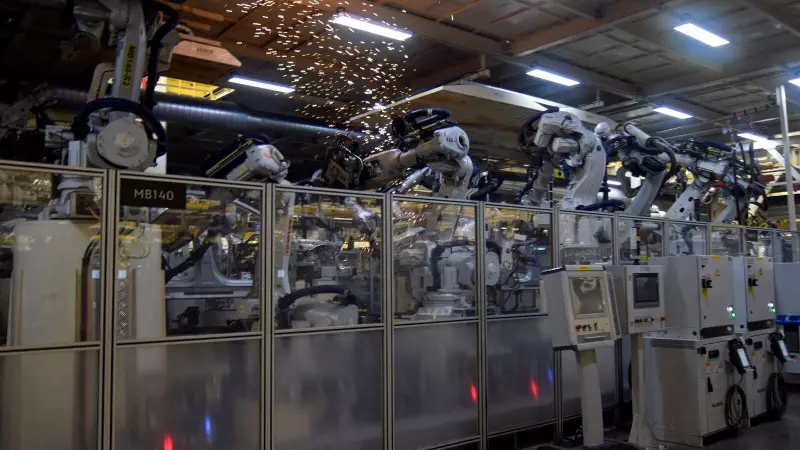
New Delhi: The manufacturing landscape across Asia is undergoing a dramatic transformation as US-China trade tensions continue to force companies to rethink their supply chain strategies. Recent data reveals a significant shift in production away from China toward alternative manufacturing hubs in the region.
The Great Manufacturing Migration
Factory activity across developing Asian economies showed remarkable resilience in May, with countries like India, Vietnam, and Thailand emerging as clear winners in the global manufacturing relocation race. This trend represents a fundamental restructuring of how global supply chains operate in the post-pandemic era.
India's Manufacturing Momentum
India has positioned itself as a primary beneficiary of these shifts, with manufacturing activity hitting one of its strongest levels in nearly two years. The country's strategic advantages include:
- Large domestic market and skilled workforce
- Government incentives through Production Linked Incentive (PLI) schemes
- Growing infrastructure and manufacturing capabilities
- Strategic geopolitical positioning
Southeast Asia's Rising Stars
While India shows strong growth, Southeast Asian nations are also capitalizing on the manufacturing exodus from China. Vietnam continues to be a preferred destination for electronics and textiles, while Thailand and Malaysia are attracting automotive and technology investments.
The China Factor: A Changing Role
Despite the diversification trend, China remains a manufacturing powerhouse, though its role is evolving. Chinese factories are increasingly focusing on:
- Higher-value manufacturing and technology
- Domestic consumption and regional trade
- Automation and advanced production techniques
- Serving non-US markets more intensively
What This Means for Global Trade
The ongoing manufacturing redistribution has significant implications for international commerce:
Trade Pattern Changes: Traditional shipping routes and logistics networks are being reconfigured as production moves to new locations.
Investment Flows: Foreign direct investment is increasingly targeting emerging manufacturing hubs in South and Southeast Asia.
Price Pressures: The transition costs and initial inefficiencies of new supply chains may contribute to inflationary pressures in the short term.
The Road Ahead
As trade tensions between the US and China show no signs of abating, the manufacturing shift appears to be more than a temporary phenomenon. Companies are building "China-plus-one" strategies into their long-term planning, ensuring they have alternative production bases to mitigate geopolitical risks.
This restructuring represents both challenges and opportunities for Asian economies. Countries that can offer stable policies, quality infrastructure, and skilled labor forces stand to gain significantly in the new global manufacturing order.





